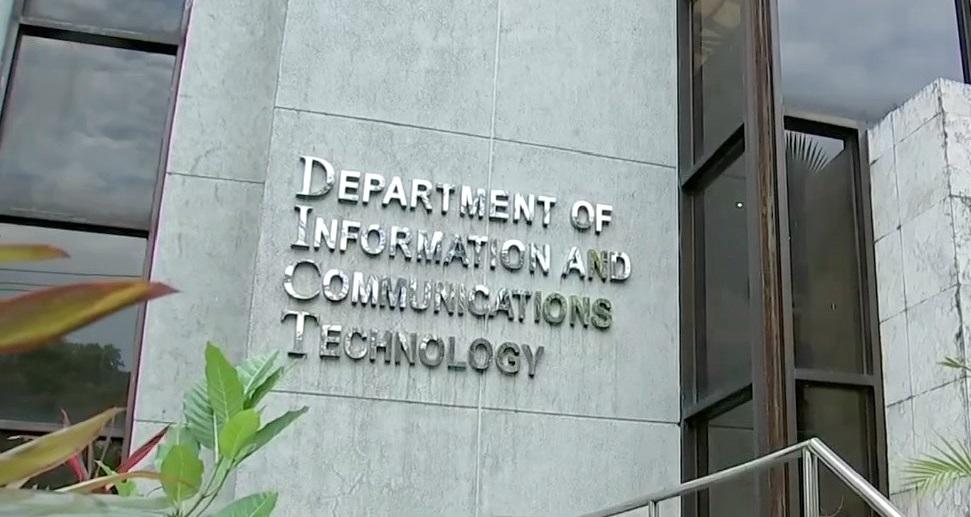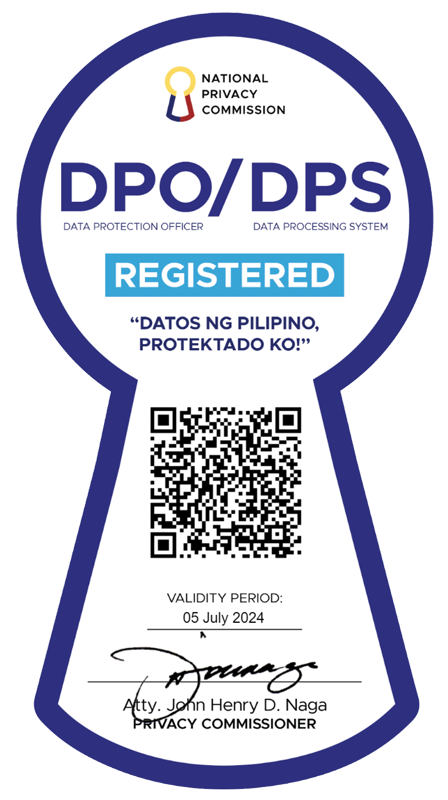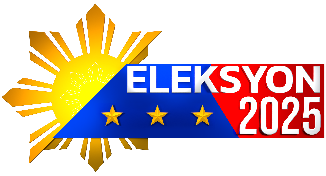DICT says 84 million digital national IDs generated

The Department of Information and Communications Technology (DICT) on Monday said it has generated around 84 million digital national IDs, which should be accepted as a valid proof of identification that can be accessible through mobile devices with an internet connection.
In a press release, the DICT said the rollout of the digital national ID was one of the landmark achievements of resigned secretary Ivan John Uy.
''Under his leadership, DICT successfully generated 84 million Digital IDs, allowing Filipinos to access essential services without relying on physical identification,'' the DICT said.
''This initiative streamlined transactions across national and local government agencies, banks, and other financial institutions, making government services more efficient and paperless,'' it added.
The agency also noted that as of February 2025, the digital national ID has been used in more than 100 million transactions, which have improved access to both public and private services and reinforced digital trust in governance.
According to DICT Undersecretary for eGovernment David Almirol Jr., the digital national ID was a game-changer in the government’s digitalization efforts.
“The digital national ID is more than just an ID—it’s the foundation of a truly digital government. It enables seamless access to services, reduces red tape, and fosters trust between citizens and the government,” Almirol said.
eGovPH, National Fiber Backbone
When it comes to the eGovPH Super App, Almirol said it was a critical step in simplifying government transactions and making public services more accessible.
“With eGovPH, we have built an integrated, one-stop digital platform that makes it easier for every Filipino to access government services. This is just the beginning. We are continuously improving and adding more services to enhance the user experience,” he said.
He emphasized that Uy also oversaw the development and expansion of the eGovPH Super App, a one-stop platform that consolidates multiple government services into a seamless, user-friendly interface.
Uy also launched the initial phases of the National Fiber Backbone, a nationwide initiative which aims to enhance broadband connectivity across provinces, government offices, and data centers.
Before Uy's resignation, the DICT had already planned for phases two and three of the National Fiber Backbone to be completed by the middle of 2025.
Last week, President Ferdinand “Bongbong” Marcos Jr. accepted Uy's resignation, Palace Press Officer Undersecretary Atty. Claire Castro said.
No information yet was given why Uy quit from his post. —KG, GMA Integrated News





